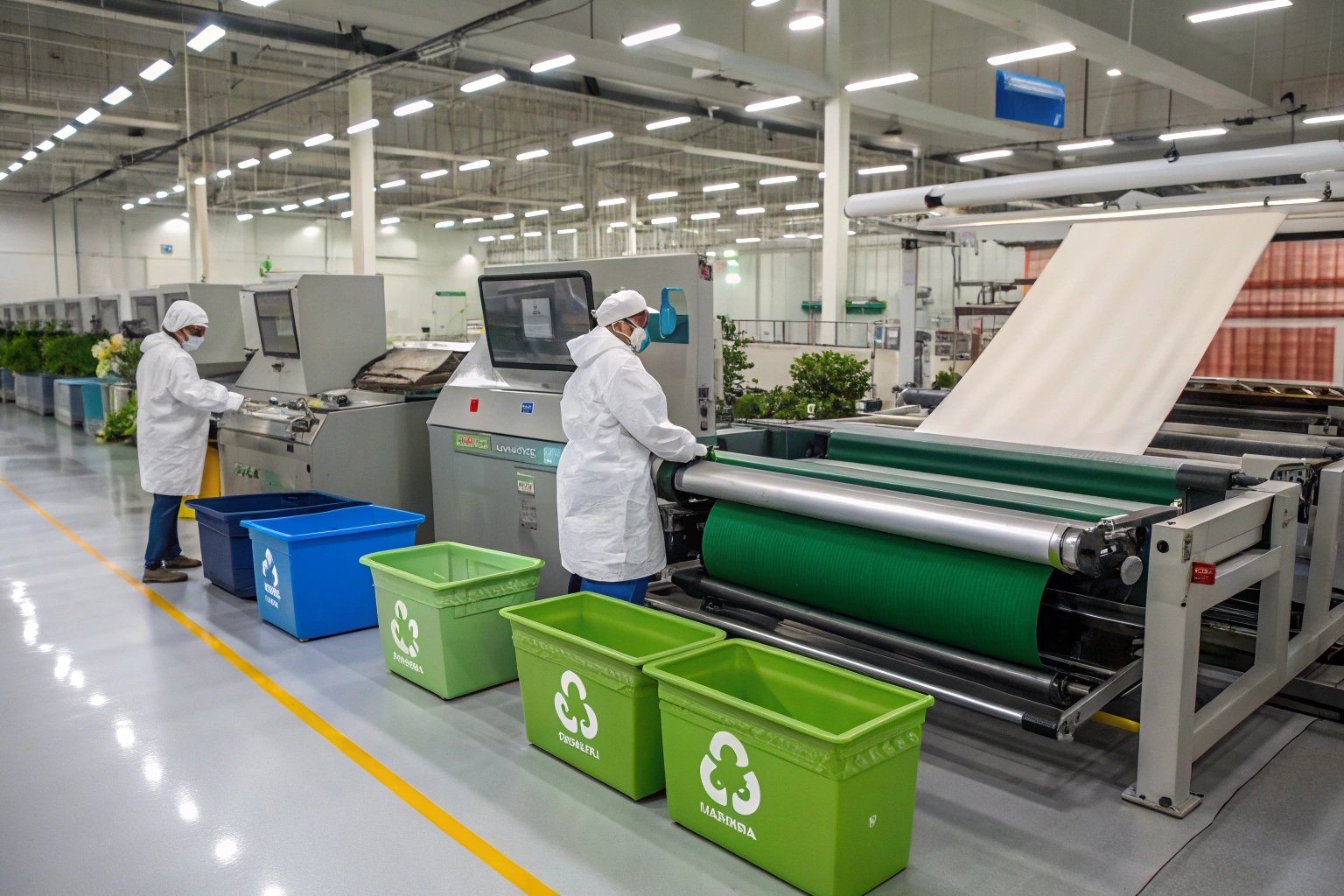Today’s fashion buyers, brand owners, and fabric importers are under intense pressure to source responsibly. Fabric dyeing, traditionally a heavy polluter, is a major concern for buyers like Ron in the U.S., who seek sustainable solutions without compromising quality or turnaround speed. Eco dyeing innovations are reshaping that conversation.
Sustainable fabric dyeing techniques such as waterless dyeing, natural pigments, and digitally guided processes now allow businesses to reduce environmental harm while staying competitive.
If you’ve been struggling to balance quality, environmental compliance, and speed in your textile sourcing, understanding the new wave of eco-dyeing technology can give you an edge. Let me walk you through the most effective dyeing trends we’ve implemented at Fumao Fabric—and why they matter for clients like you.
What is waterless fabric dyeing and how does it work?
Water-based dyeing is one of the biggest environmental concerns in textiles. Traditional dye houses discharge toxic effluents that can damage local water sources. But new waterless techniques offer a breakthrough.
Waterless dyeing, such as supercritical CO₂ dyeing and foam dyeing, drastically reduce or eliminate water usage while delivering vibrant and consistent results.
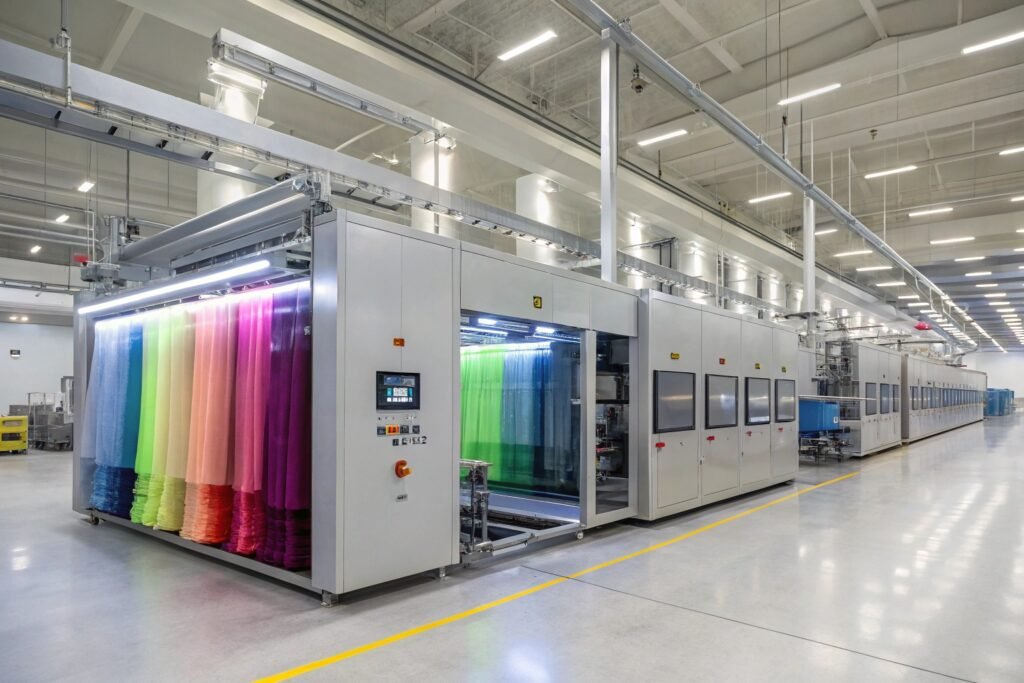
How does supercritical CO₂ dyeing reduce water waste?
This method uses carbon dioxide in a high-pressure, supercritical state as the solvent. The CO₂ penetrates the fiber structure without water and carries dye deep into the fabric. Once the dyeing is done, the CO₂ is recycled, meaning nearly zero discharge.
Besides being water-free, this process shortens cycle time and avoids energy-heavy drying steps. Our team has implemented this technique in polyester programs with excellent feedback from U.S. and European buyers.
What are the benefits of foam dyeing for cotton?
Foam dyeing involves mixing dyes with a stabilized foam instead of water. It’s especially useful for cotton blends, denim, and jersey fabrics. This process uses 75% less water, reduces drying time, and prevents uneven coloration.
We've been working with foam-based dye partners in Keqiao to develop reactive and vat dye formulas suited for organic and recycled cotton orders. Brands aiming for GOTS or OEKO-TEX compliance increasingly ask us to quote using this process.
Are plant-based dyes a scalable solution?
Natural pigments were once only for artisans and niche brands. But scaling up these dyes while ensuring wash fastness and consistent shade is now possible thanks to biochemistry and advanced mordant technology.
Today’s plant-based dye solutions include indigofera, turmeric, and marigold, processed using modern fermentation and enzyme stabilization for bulk orders.
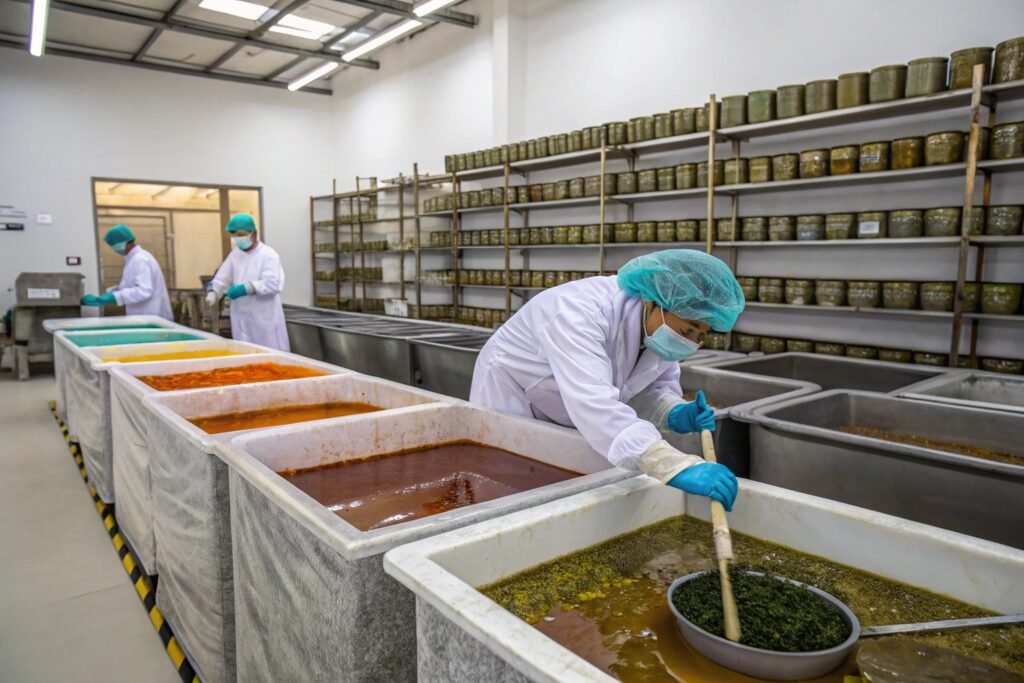
Can natural dyes match industrial-level performance?
With the help of enzyme-assisted mordanting, natural dyes now deliver improved light and wash fastness. Our CNAS lab has tested turmeric- and pomegranate-based dyes on viscose and linen with impressive consistency.
Moreover, newer digital extraction techniques isolate pigments from leaves and roots without using hazardous solvents. We've begun offering naturally dyed linen for children’s wear brands who value clean certifications.
Which fibers are best suited for botanical dyes?
Natural fibers like cotton, hemp, silk, and modal respond well to plant pigments. We've even seen strong results on Tencel™ blends using modified fermentation-based indigo. However, synthetic fibers such as polyester or nylon require special pre-treatment or aren’t compatible yet.
Buyers targeting eco-conscious segments increasingly request sample swatches in plant-dyed palettes—especially for yoga wear, babywear, and accessories.
How does digital dyeing improve sustainability?
Digital fabric dyeing is not just about aesthetics—it’s a massive leap forward in reducing chemical and water usage. Unlike conventional printing, it’s a direct-to-fabric process that saves resources and shortens development cycles.
Digital dyeing reduces waste by using precise inkjet technology and enables on-demand production, cutting water usage by over 90%.
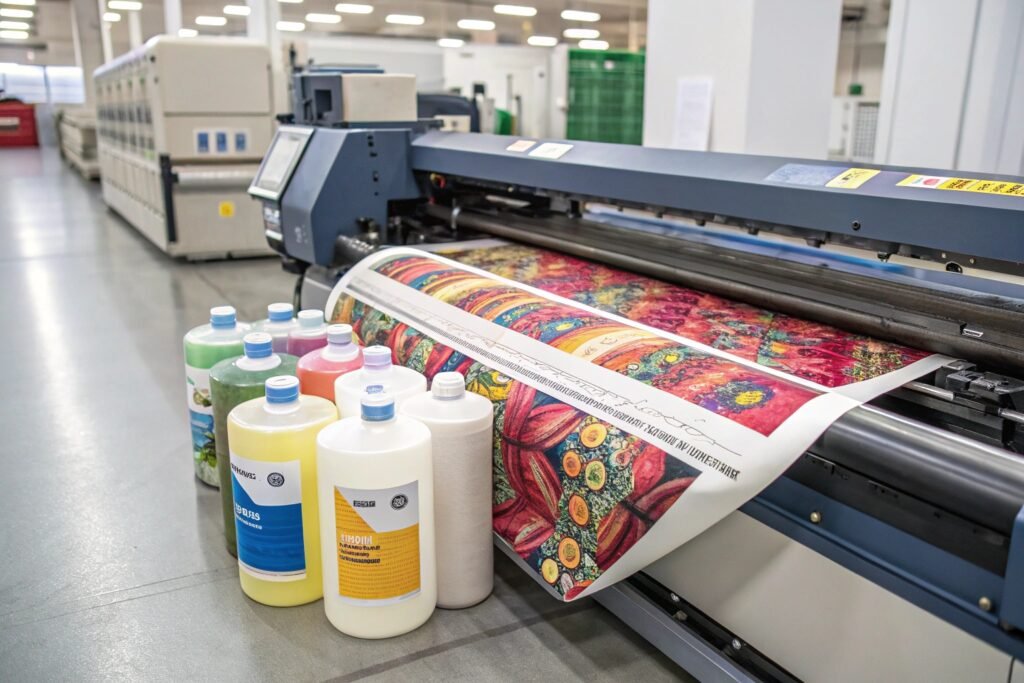
What are the sustainability gains of inkjet dyeing?
Digital printing avoids the need for multiple dye baths, screens, and post-processing steps. This lowers energy consumption and minimizes leftover chemicals. Pigment-based inks also bond directly to fabrics without steaming or washing, making it suitable for low-moisture production lines.
We’ve equipped one of our Keqiao printing factories with reactive and pigment digital printers. These are ideal for clients with low MOQs and seasonal collections needing fast turnaround.
Is digital dyeing cost-effective for bulk orders?
While initial investment is high, savings appear over time through lower material waste, faster revisions, and fewer re-dyeing issues. For short runs or variable data designs (like customized sportswear), it’s extremely efficient.
Several fashion-tech brands we've worked with have adopted digital dyeing for both sustainability and speed-to-market reasons.
Are biosynthetic dyes the future of textile coloring?
Imagine if we could grow dyes like brewing beer. Biosynthetic dyes make this a reality. They’re derived from engineered microbes that ferment natural feedstocks into pigment compounds.
Biosynthetic dyes are lab-grown colorants that offer chemical-free, scalable, and consistent alternatives to synthetic dyes.
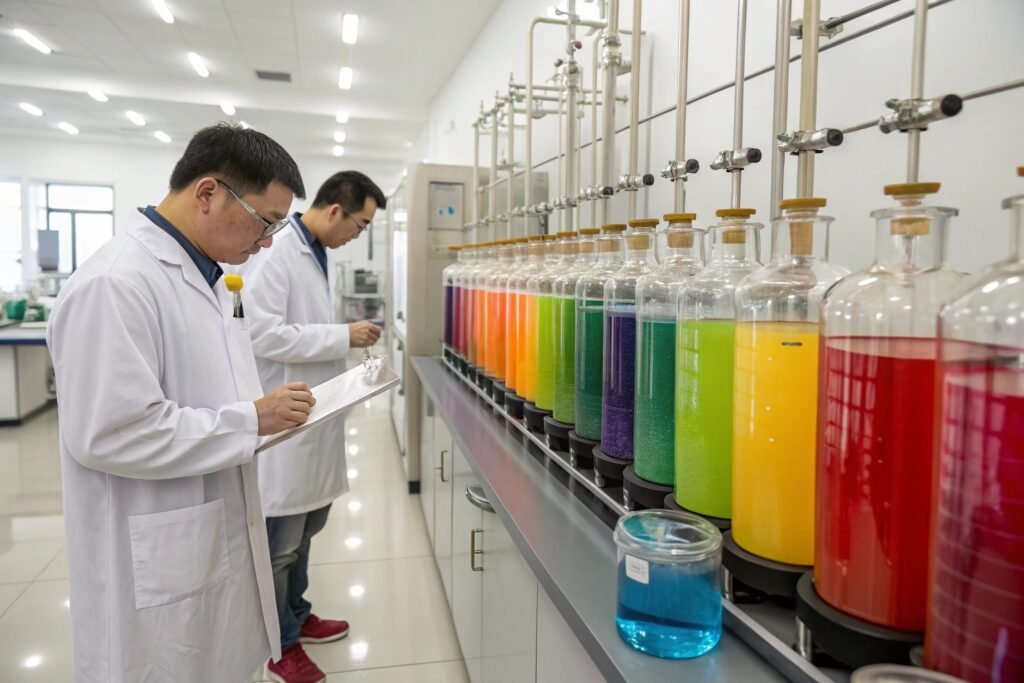
How are biosynthetic dyes produced?
Through microbial fermentation, organisms like E. coli or yeast are engineered to produce specific dye molecules like indigoidine or carotenoids. These can be harvested and purified without heavy metals or petrochemicals.
Colorifix and Pili are biotech pioneers in this field. Our R&D division is currently piloting trials with biosynthetic indigo for denim applications.
Are these dyes safe for people and the planet?
Yes, biosynthetic dyes are non-toxic and biodegradable. They also eliminate risks associated with azo dyes, which can break down into carcinogenic compounds.
We foresee these dyes becoming standard for brands seeking GRS, ZDHC, and Cradle-to-Cradle compliance. Inquiries from U.S. and Scandinavian customers are growing fast in this space.
Conclusion
Eco-friendly fabric dyeing is no longer a niche topic—it’s becoming a non-negotiable. From CO₂ dyeing and foam technology to plant-based pigments, digital precision, and lab-grown colors, the options are evolving fast. At Fumao Fabric, we’re not just observing this shift—we’re part of it. With in-house lab testing, direct mill partnerships, and scalable innovations, we help clients like Ron in the U.S. meet environmental goals without compromising style or speed. Want to future-proof your sourcing strategy? Let's start by rethinking how we color the world.

